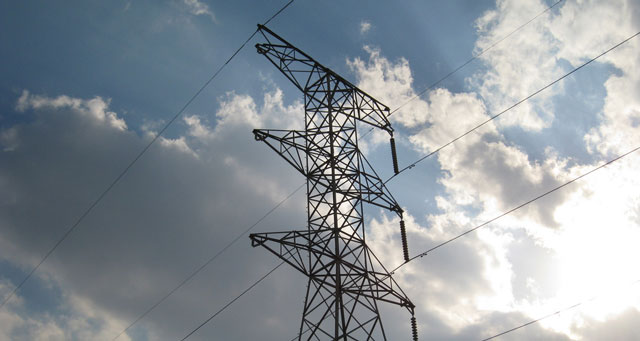
In five years, South Africa might have a surplus of electricity generation capacity, which it can export to neighbouring countries, Eskom CEO Brian Molefe said at the utility’s quarterly “state of the system” briefing in Cape Town.
“One can never have too much power in Southern Africa,” Molefe said.
Molefe said Eskom is currently exporting electricity to its neighbouring countries during the day, when it has excess capacity, but stops exporting during the evening peak.
The utility is, however, adding generation capacity to the grid and by the end of the year it should be “comfortable”. In another five years, it should have more than it needs and be able to ramp up exports to earn revenue for South Africa.
“In future we would hopefully be able to build power stations outside South Africa and supply electricity to Africa,” he said.
He said South Africa should build more transmission lines that are bigger and better, in order to sell electricity outside its borders.
Molefe said the contractor for the construction of the Grand Inga hydropower station in the Democratic Republic of the Congo could be on site by the end of the year. Eskom is the logical buyer of the electricity and hopes to start negotiations for a power purchase agreement by the end of the year.
Asked whether it would then be unnecessary to build new nuclear power stations, Molefe said the country would then be able to sell nuclear power during the evening peak as well.
Asked about the lead time of at least 10 years for the construction of nuclear power stations, he said: “The sooner the clock starts ticking the better.”
Molefe’s comments come as vendors await the publication of a request for proposals by the department of energy for the country’s nuclear new build programme. The country’s 2010 Integrated Resources Plan included a determination for 9,6GW of new nuclear generation capacity.
The request for proposals was expected by the end of March, but has not been published amid concern about the affordability of nuclear construction.
Molefe pointed out that large-scale nuclear power stations are not the only available option. He said mini-reactors can be completed much faster and will be more affordable.
Molefe said South Africa is a leader in the development of the pebble bed modular reactor and Eskom owns the intellectual property rights of the project.
He said Eskom has decided to revive the pebble bed research unit under its chief nuclear officer.
The Pebble Bed Modular Reactor company was established around the turn of the century and the South African government invested more than R7bn in it before deciding in 2010 to “cut its losses” and stop funding.
It was initially envisaged that Eskom would be the anchor client with prospects of ordering 24 units. The first demonstration unit would have been constructed at Koeberg.
Former public enterprises minister Barbara Hogan at the time said while there was absolutely no doubt about the validity of the project, it became increasingly clear between 2005 and 2009 that the “potential investor and customer market was severely restricted” and it was unable to get either.
- This article was published on Moneyweb and is used here with permission




